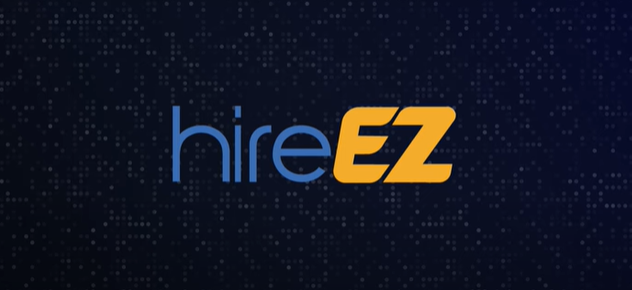The Changing Landscape: Is It Getting Harder to Hire and Retain Employees?
July 12, 2023 3 min read
In today's dynamic and ever-evolving business world, the challenges of hiring and retaining talented employees have become increasingly complex. Many organizations are experiencing shifts in employee expectations, technological advancements, and an evolving job market. In this blog, we will explore the factors contributing to the perceived difficulty in hiring and retaining employees and discuss strategies for addressing these challenges.
The Evolving Job Market
The job market has seen a significant transformation in recent years. With the rise of technology and globalization, the talent pool has expanded, giving job seekers more options than ever before. This increased competition for skilled workers has made it harder for companies to attract and hire top talent. Organizations must adapt their recruitment strategies to stand out in a crowded field and effectively communicate their unique value proposition to prospective employees.
Changing Employee Expectations
The expectations of employees have evolved significantly, particularly among younger generations. Today's workforce values factors beyond just monetary compensation. They seek purpose, meaningful work, work-life balance, and opportunities for growth and development. Companies that fail to align with these shifting expectations may struggle to attract and retain talent.
Moreover, employees increasingly prioritize a positive work culture, diversity and inclusion, and a sense of belonging. Organizations must foster inclusive environments that promote diversity and provide avenues for employee engagement and participation. Failure to prioritize these aspects can result in high turnover rates and difficulty in retaining employees.
Skills Gap and Talent Shortage
One of the key challenges organizations face is the growing skills gap. Technological advancements have led to rapid changes in job requirements, leaving many workers lacking the necessary skills to meet the demands of modern roles. This disconnect between the skills required and those possessed by potential candidates has created a talent shortage in various industries.
To address this challenge, companies must invest in upskilling and reskilling initiatives to close the skills gap internally. Collaborating with educational institutions, providing training programs, and promoting continuous learning opportunities can help attract and retain employees by offering them a path to professional growth.
Employee Engagement and Retention
Employee retention has become a pressing concern for organizations. With the increased availability of job opportunities and heightened employee mobility, retaining talented employees has become more challenging. Factors such as limited career growth, insufficient recognition, and lack of work-life balance can lead to disengagement and higher turnover rates.
To enhance employee retention, organizations must prioritize creating a positive work environment. This includes offering competitive compensation packages, providing opportunities for advancement, recognizing and rewarding employees' contributions, and fostering a healthy work-life balance. Regular feedback, mentorship programs, and flexible work arrangements can also contribute to employee satisfaction and loyalty.
Embracing Technology and Remote Work
Technological advancements have disrupted traditional work models, leading to the widespread adoption of remote work and flexible schedules. While these changes offer greater flexibility and work-life integration for employees, they also pose new challenges for organizations. Remote work has expanded the talent pool by allowing companies to hire employees from anywhere in the world. However, it also requires organizations to adapt their management strategies to effectively lead and engage remote teams. Balancing productivity, collaboration, and employee well-being in a remote work environment is crucial to attract and retain top talent.The process of hiring and retaining employees has undoubtedly become more challenging in recent years. A combination of factors, including an evolving job market, changing employee expectations, the skills gap, and the rise of remote work, have contributed to this difficulty. To overcome these challenges, organizations must adapt their recruitment strategies, prioritize employee engagement and development, foster inclusive work cultures, and embrace technology to create flexible and supportive work environments.
By understanding the shifting dynamics and proactively addressing these challenges, companies can position themselves as desirable employers and secure the talented workforce they need to thrive in today's competitive landscape.
newsletter
Subscribe for our daily news
By filling out this form you agree to hireEZ's Privacy Policy and consent to receive communications from hireEZ.
Outbound Recruiting
newsletter
Subscribe for our daily news
By filling out this form you agree to hireEZ's Privacy Policy and consent to receive communications from hireEZ.
Stay Up-to-Date on Future Talent Acquisition Events
By filling out this form you agree to hireEZ's Privacy Policy and consent to receive communications from hireEZ.
related BLOGS
videos

hireEZ - Outbound Recruiting Made Easy!

A Hiring Superhero Rebrand Made EZ